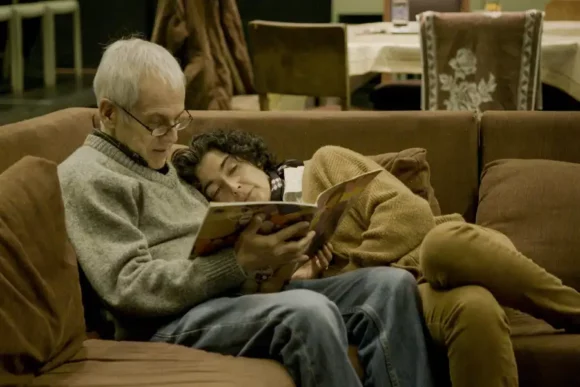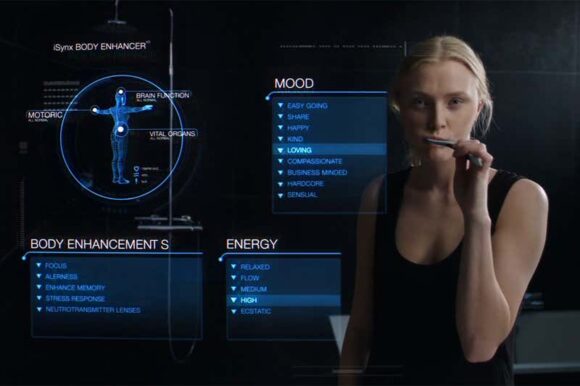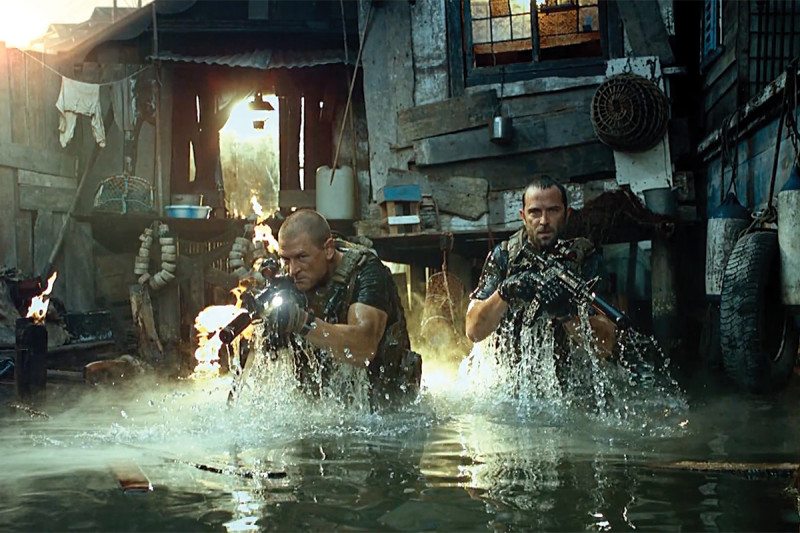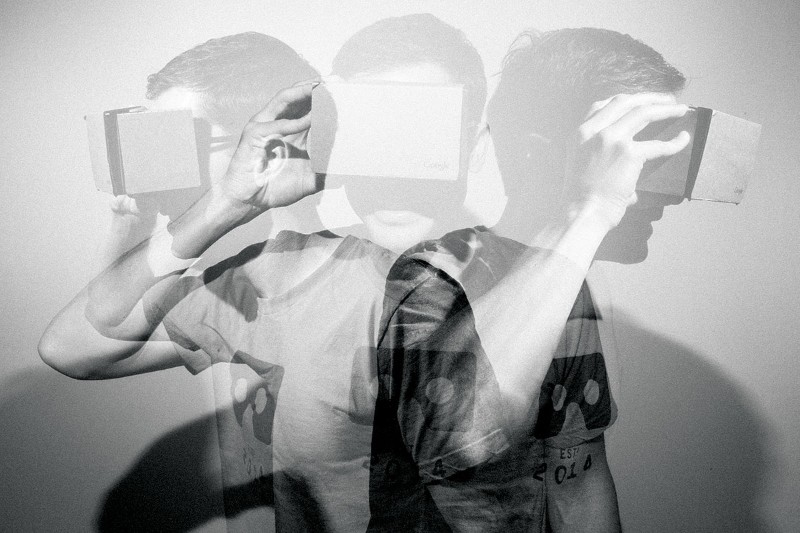Watching Maite Alberdi’s The Eternal Memory for New Scientist, 1 November 2023
Sometimes, to really understand a process, you have to follow it, without flinching, even if it upsets you, even if it breaks your heart.
Oscar-nominated director Maite Alberdi won the Sundance Grand Jury prize in 2023 for The Eternal Memory, a documentary made from original footage, home movies, newsreels and tapes smuggled out of Chile during the darkest years of General Augusto Pinochet’s 17-year-long dictatorship. Its subject is the Chilean writer and journalist Augusto Góngora, who’s living — and by the last reel very obviously dying — with Alzheimer’s disease.
Góngora (who passed away earlier this year aged 71) spent the years between 1973 and 1990 editing an opposition newspaper and shooting and smuggling VHS recordings out of Chile, as part of a desperate attempt to document and share years of national turmoil and horror. It was dangerous work. In 1985 a fellow journalist on the project, Jose Manuel Parada, had his throat slit from ear to ear for his trouble. This violent episode haunts Góngora, whose sense of self comes to depend increasingly on the presence (real or imagined) of friends and family.
From 1990 Góngora’s films recording “17 years of death” were succeeded by 18 years of cultural programming, as he went about interviewing writers, artists, filmmakers, musicians — people he believed could help bring his newly democratised nation out of its forced (book-banned, movie-less) forgetfulness, and reawaken its once vibrant culture.
Diagnosed with Alzheimer’s in 2014, Góngora readily embraced his wife’s plan to record his physical and cognitive decline. Such a record would, at very least, be a testament to their 25 years together. Assembled, edited and capstoned with much new footage, The Eternal Memory is that and more: a meditation on what we can and cannot expect from memory.
The spine of the film is an honest, frank but never voyeuristic account of how Augusto Gongora succumbs to his neurodegenerative disease. Early on we see his wife, the actress and politician Paulina Fernández, taking the couple’s portrait off the bedroom wall before they settle to sleep. If she doesn’t take it down, the sight of two strangers staring down at him from the wall in the middle of the night might send Augusto into a panic.
Gongora’s deterioration is relentless: soon he is talking to the strangers in mirrors and glass doors. “Something very strange is happening here,” he muses. Soon he will not even recognise Paulina’s face.
Paulina’s plight is given its proper weight. Tirelessly she recites the basic facts of her lover’s life to him, and for a while, this litany brings comfort. “They’re always with me,” Augusto mutters, over and over, “and they love me, every day.” But no respite lasts for long, and the toll all this takes on Paulina is shocking.
What’s extraordinary about this film is that, even as it records the disintegration of memory in a single individual, it celebrates the way memories — set down in books, recorded on videotapes, delivered as witness statements or transmuted into art or drama or music — work collectively to bring an all-but-broken nation back to life.
Because for all the sadness here, this, too, must be said: that Gongora, through his films and through the three volume collection of remembrances La Memoria Prohibida (published at last in 1989), kept the memory of his country alive, and by doing so, he preserved its identity.
One line from that three-volume work of national renaissance echoes through the film: ”Without memory, there is no identity”. “I’m not myself any more,” Gongora weeps, near the end of the film. Even as Gongora loses his identity, however, his people are seen regaining theirs.
At a time when the idea of national identity is little more than a political football, it is worth remembering that a people’s idea of itself is a living thing, worth defending against the amnesia of tyrants.






